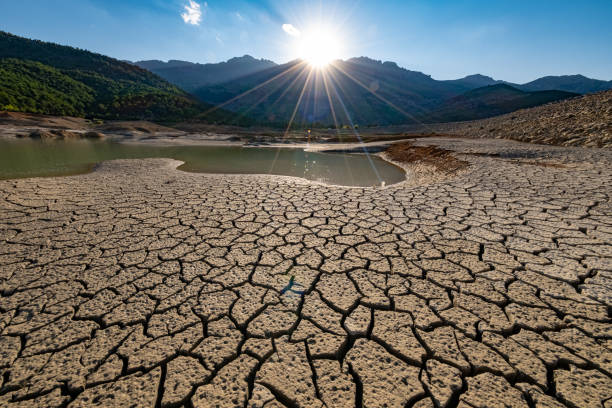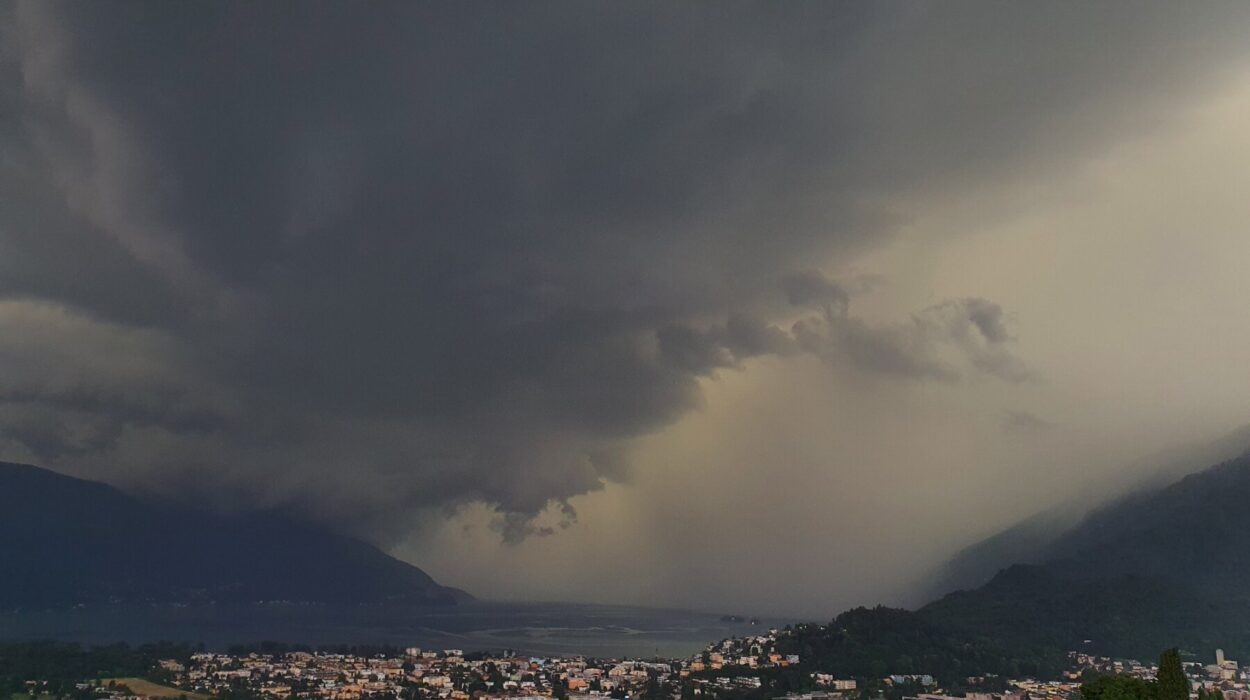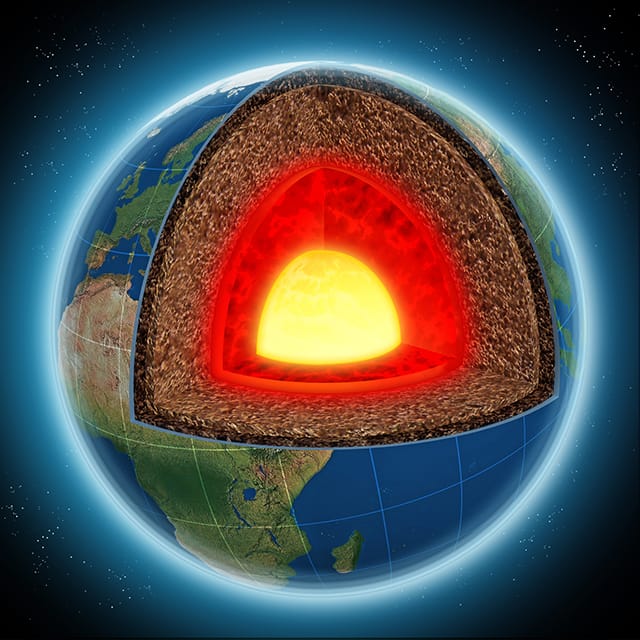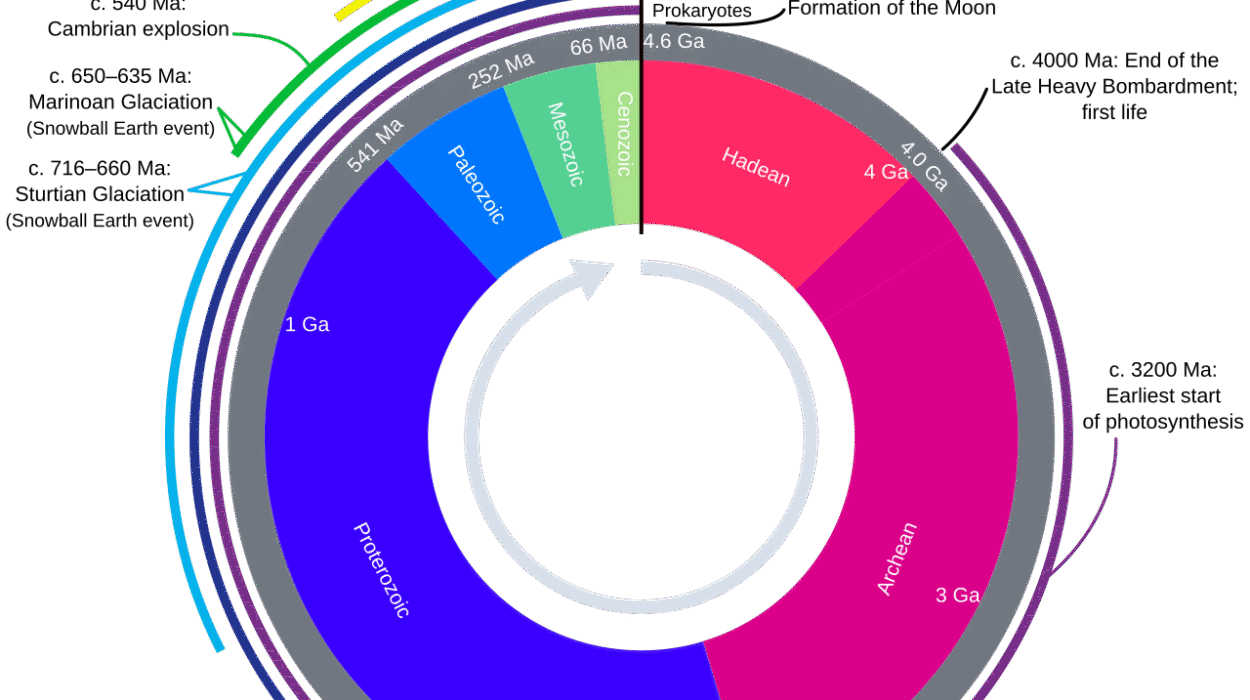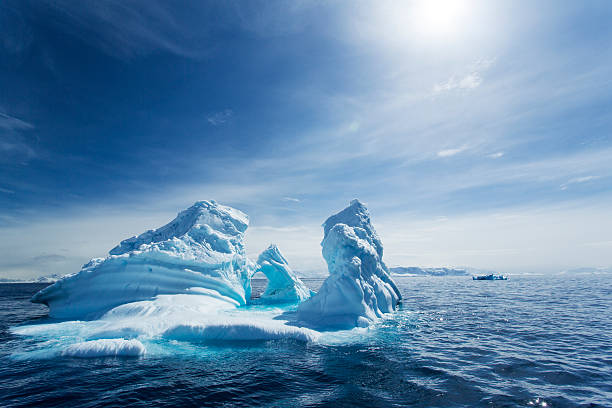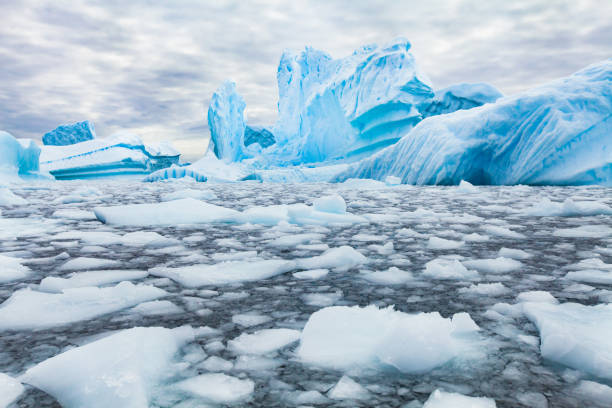One morning in a small village on the edge of the Sahel in Africa, a young boy wakes up to find that his family’s last goat has died. The animal’s ribs had shown for weeks, but now it lies lifeless under a sky so blue and empty, it feels cruel. The dusty field once filled with millet is now a patchwork of cracked earth. His grandmother says that when she was a girl, these lands were green. The rains came. The rivers sang. And people had enough to eat. But now, it feels like the desert is swallowing everything.
This is not just one story—it’s the reality faced by millions. Desertification is not a distant issue buried in scientific papers or confined to the far reaches of unfamiliar continents. It is one of the most pressing environmental challenges of our time, affecting food security, water availability, biodiversity, and the livelihoods of more than two billion people around the world.
But what exactly is desertification? What causes it? And more importantly—how can we fight back against it?
What Desertification Isn’t
Let’s begin by clearing up a common misconception: desertification does not mean the natural expansion of deserts like the Sahara or the Gobi. These ancient deserts formed through complex geological and climatic processes over millions of years. Desertification, on the other hand, is a human-driven process where fertile land becomes degraded and loses its ability to support life, gradually transforming into desert-like conditions.
It’s not about sand dunes moving across the land. It’s about once-productive soils turning dry, salty, and sterile. It’s about vegetation vanishing, water sources drying up, and communities losing their roots. Desertification is the land’s cry for help—a sign that something in our relationship with nature is deeply broken.
The Anatomy of a Dying Land
To understand what causes desertification, we must look closely at the intricate balance that keeps land healthy. Soil is not just dirt. It’s a living system composed of minerals, organic matter, air, water, and a teeming microbial community. When land is well-managed, this system can sustain crops, support grazing, filter water, and absorb carbon.
But when that balance is disturbed, the consequences cascade. Desertification is the culmination of multiple stressors that wear down the land until it can no longer recover. And at the heart of it all is one common denominator: human activity.
The Role of Unsustainable Farming Practices
Across many parts of the world, especially in drylands that are already vulnerable, agricultural practices can become destructive. Overcultivation—the repeated planting of crops without giving the soil time to recover—depletes essential nutrients and breaks down the structure of the soil. When crops are harvested again and again from the same piece of land without replenishing it, the soil grows tired, loses fertility, and eventually dies.
Monoculture farming—where only one type of crop is grown over large areas—exacerbates the problem. It strips the soil of specific nutrients, leaving it unable to support anything else. And when the crops fail, as they often do under these stressed conditions, farmers are left with bare soil exposed to the sun, wind, and rain.
Overgrazing: When Livestock Strip the Land Bare
In many regions, livestock are more than just animals—they are livelihoods, status symbols, and sources of security. But when too many animals graze on limited land, vegetation doesn’t get a chance to regenerate. Roots are trampled. Topsoil is loosened. And gradually, green pastures become barren stretches.
Without plant cover, the soil becomes vulnerable to erosion by wind and water. The nutrients are whisked away, and what remains is a dry husk of once-productive earth. Over time, this leads to the formation of hard, compacted layers in the soil—layers that resist water infiltration, making it even harder for plants to regrow.
Deforestation: Cutting Down the Future
Forests are the lungs and lifelines of many ecosystems. They hold soil together with their roots, provide shade that keeps the ground moist, and add organic material to the soil when leaves fall and decompose. But around the world, forests are being cleared at alarming rates to make room for farms, roads, or settlements.
This deforestation—especially in arid and semi-arid areas—removes the very barriers that protect the land. Once the trees are gone, erosion accelerates. Rainfall no longer filters gently through a canopy, but pounds the soil directly, washing away what little fertility remains. And in the absence of shade, the sun bakes the ground into lifeless crust.
Water Mismanagement: Drying the Lifeblood
Water is the soul of the land, and its misuse is one of the greatest contributors to desertification. In many regions, unsustainable irrigation practices have led to salinization—where excess salts build up in the soil, making it toxic to plants. This often happens when groundwater is over-pumped or when water is applied inefficiently and evaporates before reaching crops.
In other cases, rivers are dammed or diverted, starving downstream communities of the water they need to maintain healthy soils. Wetlands are drained. Aquifers are depleted. And once-fertile plains are transformed into parched wastelands.
Climate Change: Turning Up the Heat
Overlaying all these human pressures is the looming specter of climate change. Rising temperatures and shifting rainfall patterns make drylands even drier. Droughts become more frequent and more severe, pushing ecosystems past their breaking points. The stress from climate change amplifies the damage caused by poor land management, creating a vicious cycle that is difficult to escape.
In places like Sub-Saharan Africa, Central Asia, and parts of Latin America, communities that already struggle with poverty and marginalization are being pushed to the edge by a changing climate. The result is not only ecological collapse but also social upheaval—forced migration, conflict over resources, and the loss of cultural heritage.
The Human Cost: Lives Lost in the Dust
Desertification is not just an environmental issue—it’s a humanitarian crisis. Over 100 countries face land degradation, affecting the food security and livelihoods of billions. In Africa alone, desertification threatens the survival of entire regions. As farmland disappears, people are forced to migrate to cities or across borders, often ending up in informal settlements or refugee camps.
In China’s north, desertification has swallowed villages and threatened major cities. In India, farmers trapped in cycles of debt and failed crops have faced mental health crises and rising suicide rates. In the Middle East, water scarcity and land degradation have contributed to social unrest.
The story of desertification is a story of displacement, despair, and desperation—but it doesn’t have to end that way.
Turning the Tide: Hope from the Ground Up
Across the world, from local communities to international coalitions, a quiet revolution is underway. And it begins with the understanding that land degradation is not inevitable—it is reversible.
One of the most powerful examples of this hope lies in the heart of Africa.
The Great Green Wall: Africa’s Living Fortress
Stretching across the continent like a scar of possibility, the Great Green Wall is an ambitious project to plant a belt of trees, grasslands, and vegetation from Senegal in the west to Djibouti in the east. Spanning over 8,000 kilometers, it aims to stop the southward spread of the Sahara and restore 100 million hectares of degraded land by 2030.
But it’s more than just planting trees. It’s about restoring ecosystems, empowering communities, and creating jobs. In Niger, farmers have embraced a technique called “Farmer Managed Natural Regeneration” (FMNR), where instead of planting new trees, they protect and manage the regrowth of native species from existing root systems. The results have been stunning—millions of trees have returned, crop yields have improved, and families have hope again.
Regenerative Agriculture: Healing the Soil
Another bright light in the fight against desertification is the rise of regenerative agriculture—a holistic approach that focuses on restoring soil health, increasing biodiversity, and working with nature instead of against it.
Farmers are using compost, cover crops, rotational grazing, and agroforestry to rebuild organic matter in the soil, improve water retention, and capture carbon. These practices not only make farms more resilient to drought and pests but also reverse land degradation.
In India, organizations like the Deccan Development Society are helping women farmers revive traditional millet farming with organic techniques. In Australia, “carbon farmers” are restoring grasslands and earning income through carbon credits. And in the U.S. Midwest, prairie restoration projects are turning worn-out farmlands into thriving ecosystems.
Water Wisdom: Bringing Back the Flow
Reviving degraded land means bringing water back to it. In many places, communities are building check dams, swales, and rainwater harvesting systems to capture every precious drop. In Ethiopia’s Tigray region, large-scale community mobilization has turned once-barren hills into green terraces using simple, nature-based methods.
In Rajasthan, India, grassroots leaders like Rajendra Singh—dubbed “The Waterman of India”—have led efforts to rejuvenate rivers and aquifers using traditional water harvesting structures. Entire villages that once relied on tanker trucks now have water year-round.
These stories show that where water flows, life returns.
Policy, Science, and People: The Triple Pillar of Change
Reversing desertification requires more than local action—it needs systemic support. Policies that protect land rights, provide financial incentives for sustainable farming, and invest in research and education are critical.
Science, too, plays a vital role. Satellite monitoring helps track land degradation in real time. Drones assist in reforestation. Machine learning helps optimize water use. But none of these tools matter without the people on the ground who understand the land best—the farmers, herders, and villagers who live the reality of desertification every day.
Their knowledge, resilience, and innovation are the keys to lasting change.
A Planetary Challenge, A Planetary Opportunity
Desertification is not someone else’s problem. Whether it’s the American Dust Bowl of the 1930s, the disappearing rainforests of Brazil, or the drying lakes of Central Asia, land degradation touches us all. It threatens biodiversity, accelerates climate change, and undermines food security.
But the flip side is equally powerful: restoring land is one of the fastest, most effective ways to fight climate change, reduce poverty, and rebuild ecosystems. It’s not just about planting trees—it’s about planting hope.
We already have the knowledge. We already have the tools. What we need is the will.
The Future is Rooted in the Soil
At the end of the day, the fight against desertification is a fight for our future. It’s a reminder that we are not separate from the Earth—we are part of it. The health of our land reflects the health of our civilization.
The young boy in the Sahel still wakes up each morning to a sun that blazes across the sky. But perhaps now, when he looks across the horizon, he sees not only dust, but green shoots pushing through the soil. He sees workers planting trees. He sees women carrying water. He sees the return of birds, the hum of bees, the whisper of wind through leaves.
He sees a future growing, one root at a time.
